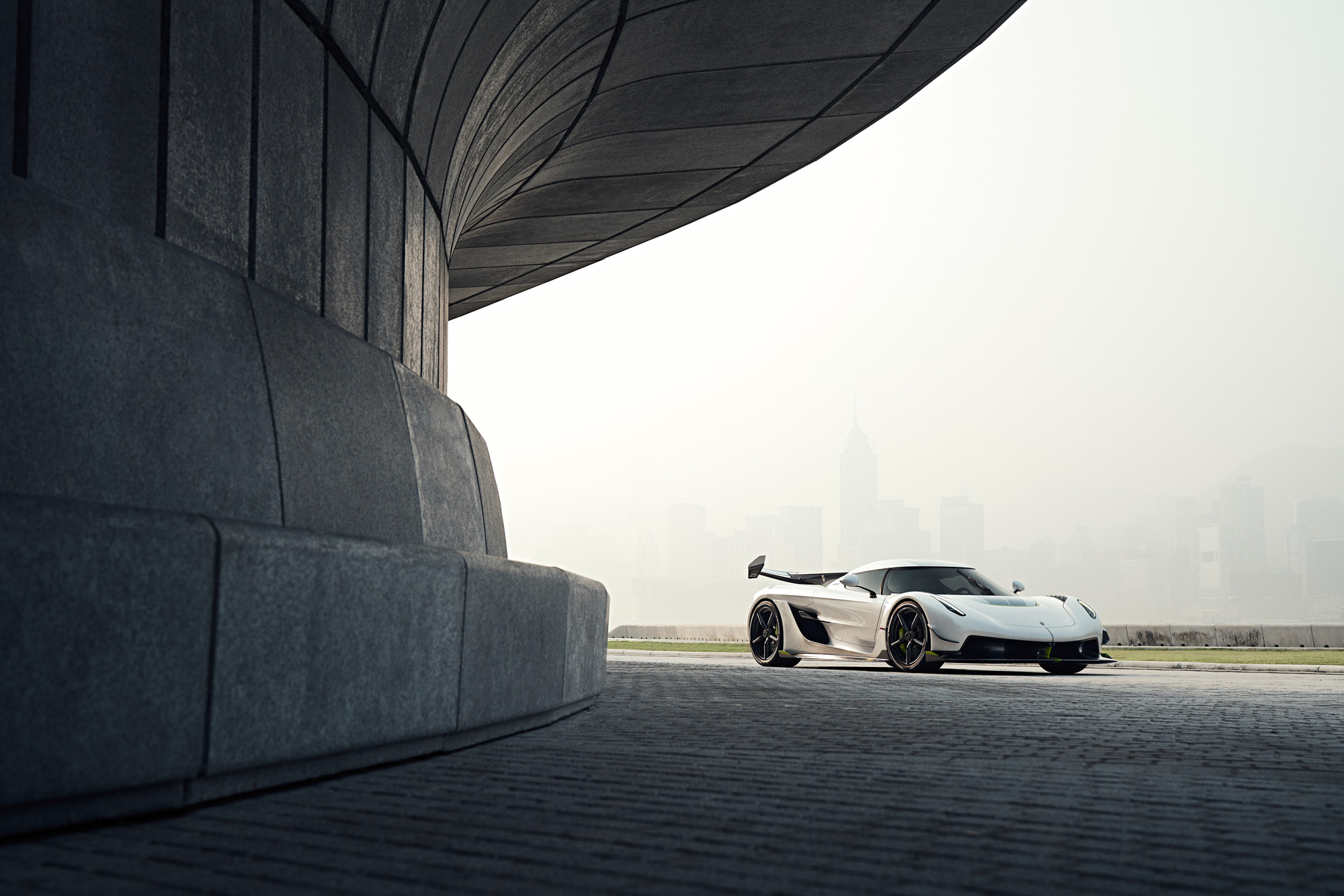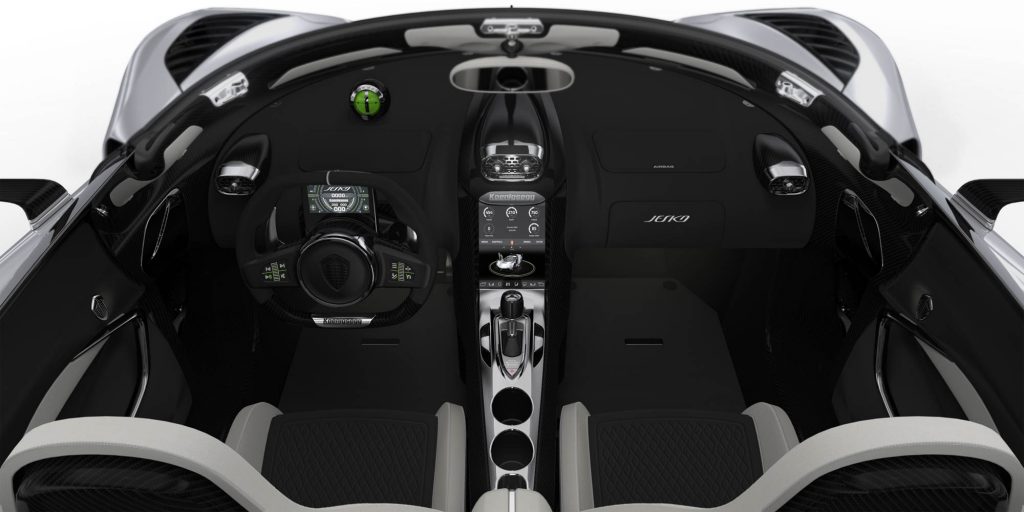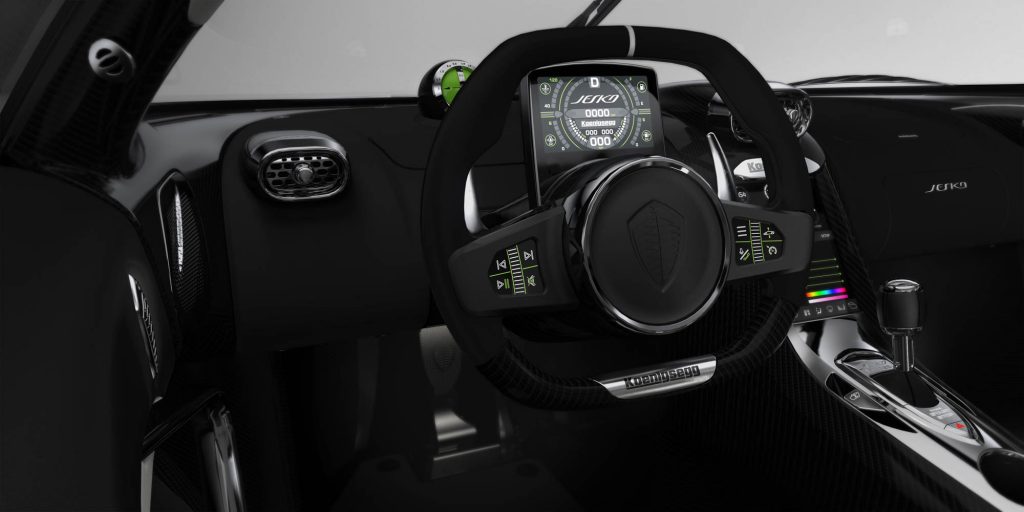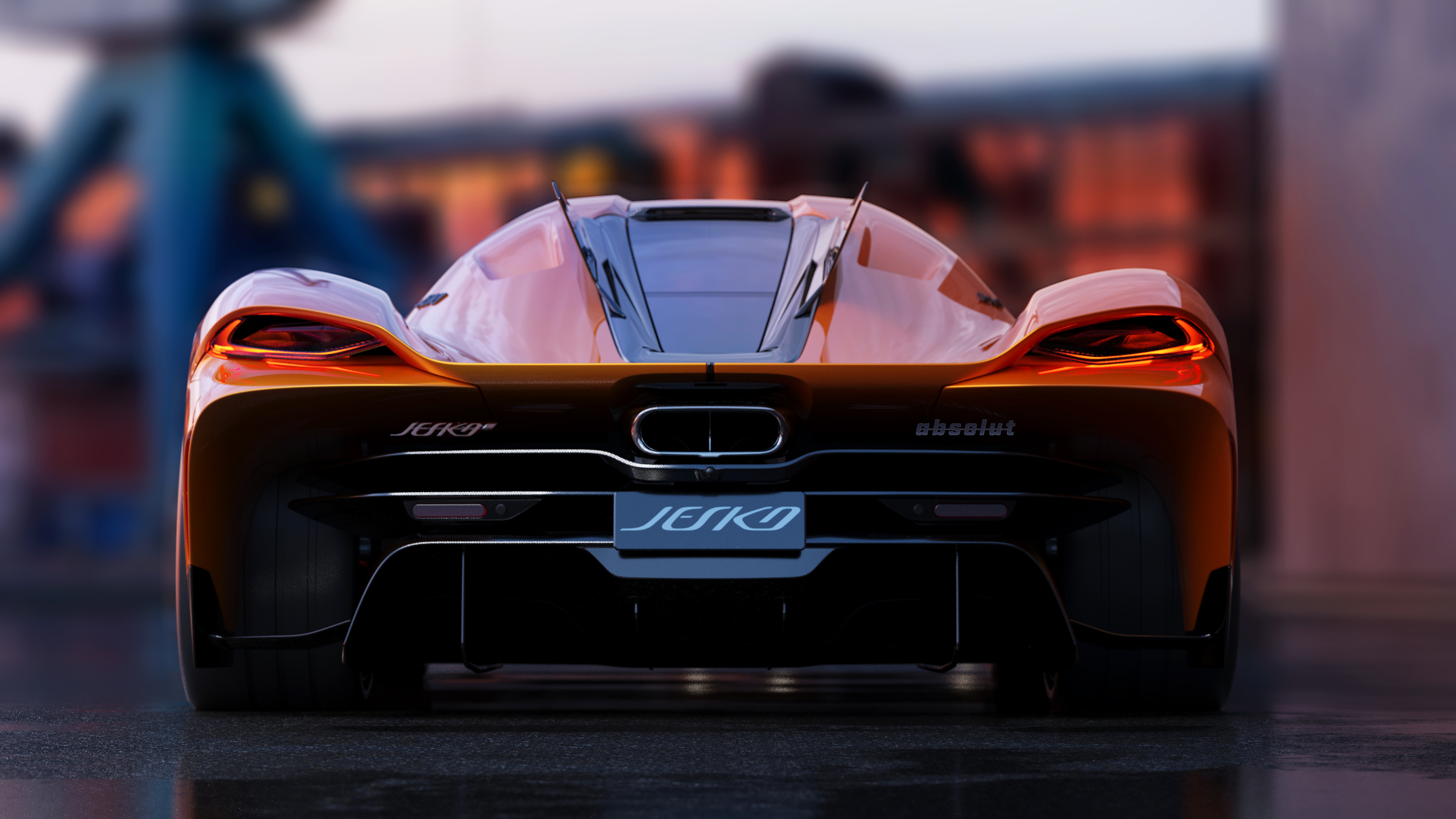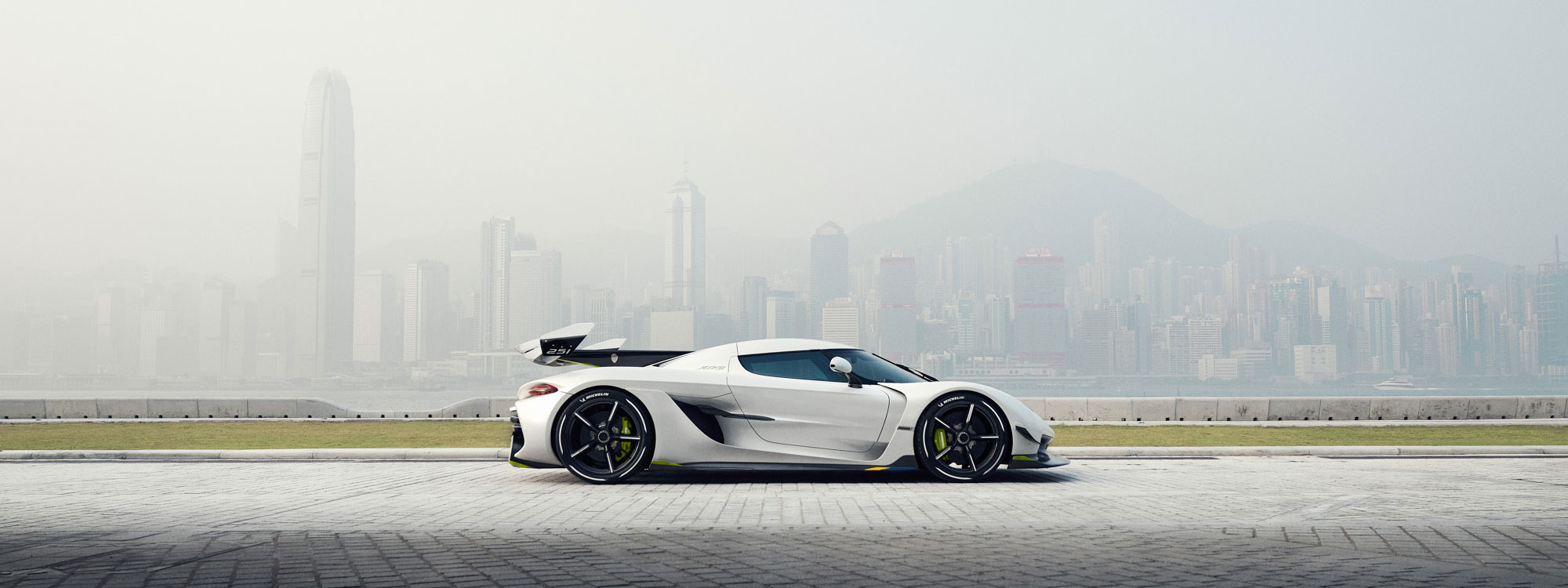Dimensions
- Total length: 4610mm
- Total width: 2030mm
- Total height: 1210mm
- Ride Height: 70-100mm front, 75-100mm rear
- Front lifting system activated: +50mm
- Wheelbase: 2700mm
- Fuel capacity: 72 litres
- Luggage compartments: 100 l front, 50 l rear
- Dry weight: 1320kg
- Curb weight: 1420kg

